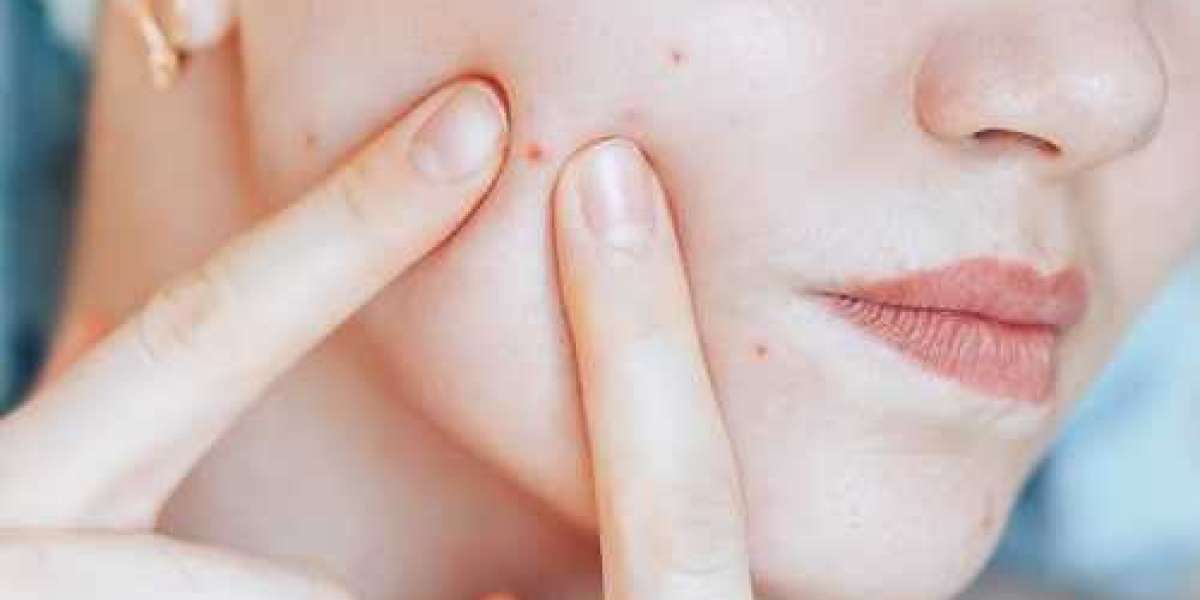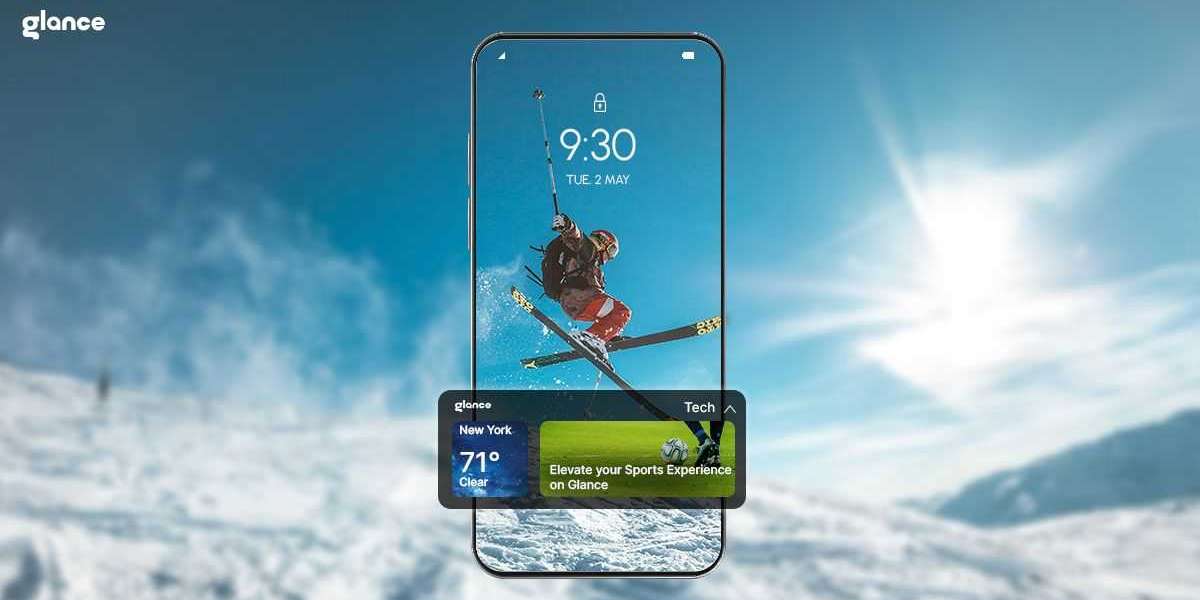Acne is one of the most common skin conditions, affecting people of all ages. While the pimples and blemishes may fade with time, the scars and pits they leave behind can last much longer. Acne scars and pits can significantly affect self-esteem and confidence. Fortunately, there are various treatment options available to help reduce their appearance and improve skin texture. This article will guide you through the process of choosing the best acne treatment for scarring and pits, offering valuable insights on different treatment methods, factors to consider, and what to expect.
Understanding Acne Scarring and Pits:
Before diving into treatment options, it’s essential to understand what acne scars and pits are.Acne Treatment Dubaitypically result from the body’s natural healing process after an inflammatory acne breakout. There are different types of scars:
- Atrophic Scars: These scars are indented into the skin, commonly referred to as "pits." They result from a loss of tissue during the healing process and include ice pick, boxcar, and rolling scars.
- Hypertrophic Scars: These scars are raised above the skin’s surface and occur when excess tissue is produced during healing.
- Post-inflammatory Hyperpigmentation (PIH): Although not technically a scar, PIH is the darkening of the skin after a pimple heals. It usually fades over time but may take several months.
Factors to Consider When Choosing Acne Scar Treatment:
When selecting a treatment for acne scarring and pits, several factors must be considered. These factors will help you identify the best approach for your unique skin needs.
Scar Type and Severity:
The type and severity of your scars play a significant role in determining the right treatment. For example, shallow scars and mild discoloration may respond well to topical treatments like creams or chemical peels, while deep, pitted scars may require more intensive treatments such as laser therapy or microneedling.
Skin Type:
Different skin types react differently to various acne treatments. If you have sensitive skin, you may need to avoid treatments that are too harsh, like strong chemical peels or lasers. Always opt for treatments that suit your skin’s specific needs to avoid irritation or pigmentation issues.
Healing Time and Commitment:
Some treatments, such as lasers and microneedling, may require significant downtime. On the other hand, topical treatments, although slower, usually involve little to no recovery time. Consider how much time you can dedicate to your treatment regimen and whether you’re prepared for the potential recovery process.
Budget and Accessibility:
Certain treatments, like laser therapies and microneedling, can be expensive and may require multiple sessions. Topical treatments like retinoids, Vitamin C, and other scar creams are more budget-friendly, but may take longer to show results. It’s important to evaluate your budget and determine which option is most accessible for you.
Top Acne Scar Treatments:
Once you've considered the factors above, you can explore the most effective acne scar treatments available today.
Chemical Peels:
Chemical peels involve applying a chemical solution to the skin to exfoliate the outer layers, promoting cell turnover and improving skin texture. There are different types of chemical peels, including superficial, medium, and deep peels.
- Best for: Superficial scars, post-inflammatory hyperpigmentation, and mild acne marks.
- Pros: Quick recovery time, non-invasive, and can improve overall skin appearance.
- Cons: Multiple treatments may be necessary for deeper scars, and not suitable for very dark skin tones due to the risk of hyperpigmentation.
Microneedling:
Microneedling uses tiny needles to create micro-injuries in the skin, stimulating collagen production and helping to smooth out scars and pits. This procedure is commonly done with a dermaroller or dermapen.
- Best for: Atrophic scars, particularly ice pick and boxcar scars.
- Pros: Minimal downtime, stimulates collagen production, and improves skin texture.
- Cons: Results can take several months to become noticeable, and the procedure can be painful for some individuals.
Laser Treatments:
Laser treatments, such as fractional CO2 lasers or erbium lasers, are highly effective for treating deep acne scars and pits. They work by removing layers of damaged skin and stimulating collagen production.
- Best for: Deep scars and pitted acne.
- Pros: Effective for severe scarring, stimulates collagen regeneration, and provides long-lasting results.
- Cons: Expensive, may require multiple sessions, and involves some downtime.
Dermal Fillers:
Dermal fillers are a non-surgical option that can temporarily fill in deep scars and pits, giving the skin a smoother, more even appearance. Fillers made from hyaluronic acid or other biocompatible materials are injected into the affected areas.
- Best for: Deep, pitted scars and depressions.
- Pros: Immediate results, minimal downtime, and non-invasive.
- Cons: Temporary, requires regular touch-ups, and may cause swelling or bruising.
Topical Treatments:
For mild acne scars and discoloration, topical treatments can be a cost-effective and non-invasive option. Ingredients such as retinoids, Vitamin C, alpha hydroxy acids (AHAs), and silicone gels can help fade scars over time by promoting cell turnover and reducing pigmentation.
- Best for: Mild scars, post-inflammatory hyperpigmentation, and surface-level scarring.
- Pros: Affordable, easy to use at home, and suitable for most skin types.
- Cons: Takes time to show results, may not work for deeper scars, and some ingredients can cause skin irritation.
Subcision:
Subcision is a surgical technique that involves using a needle to break up the fibrous tissue under scars, helping to lift and smooth pitted scars. This procedure can be combined with other treatments like microneedling or laser therapy for more effective results.
- Best for: Ice pick scars and deep, tethered scars.
- Pros: Provides significant improvement in scar appearance.
- Cons: Involves some downtime, swelling, and bruising, and may require multiple treatments.
Platelet-Rich Plasma (PRP) Therapy:
PRP therapy, often referred to as the "vampire facial," involves drawing your blood, processing it to concentrate the platelets, and then injecting the plasma into the skin. This promotes healing and collagen production, helping to smooth out scars.
- Best for: Atrophic scars and overall skin rejuvenation.
- Pros: Natural, minimal risk of side effects, and stimulates collagen production.
- Cons: Requires multiple sessions, and results can be slow.
Consulting a Professional:
When choosing the best acne scar treatment, it’s crucial to consult a dermatologist or skin care specialist. They can evaluate your skin, assess the severity of your scars, and recommend a personalized treatment plan based on your goals, skin type, and budget.
Conclusion:
Choosing the best Acne Treatment in Dubaifor scarring and pits involves a thoughtful evaluation of your skin type, scar severity, budget, and time commitment. Whether opting for topical treatments, chemical peels, microneedling, or laser therapies, the right treatment can help you achieve smoother, clearer skin. Always consult with a professional to determine the best approach and ensure optimal results. With the right treatment plan, acne scars and pits can become a thing of the past, leaving you with glowing, confident skin.














